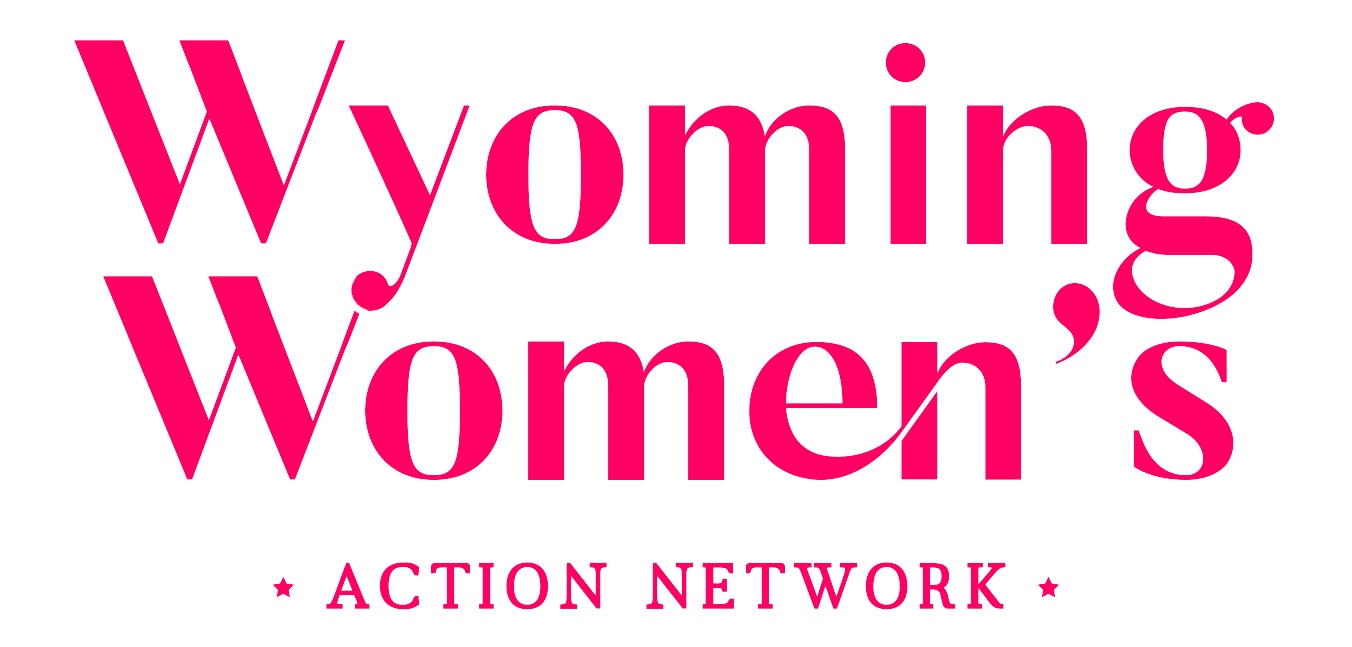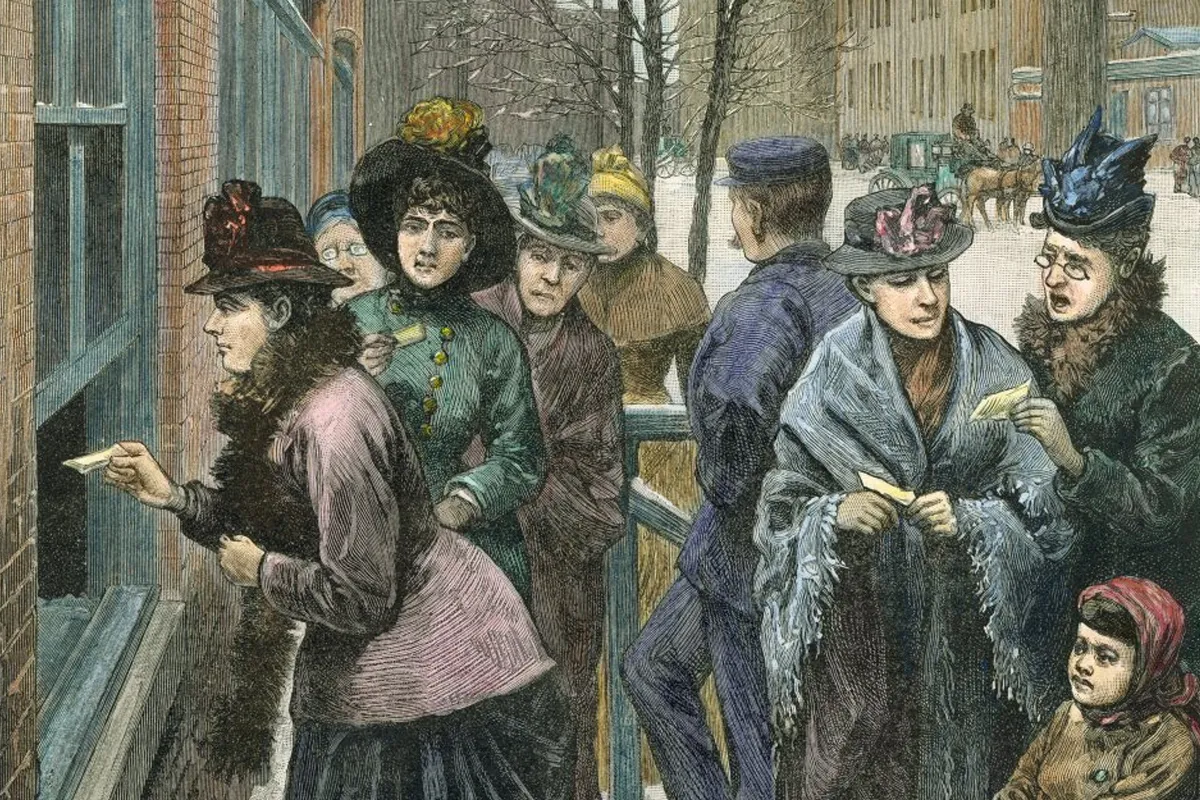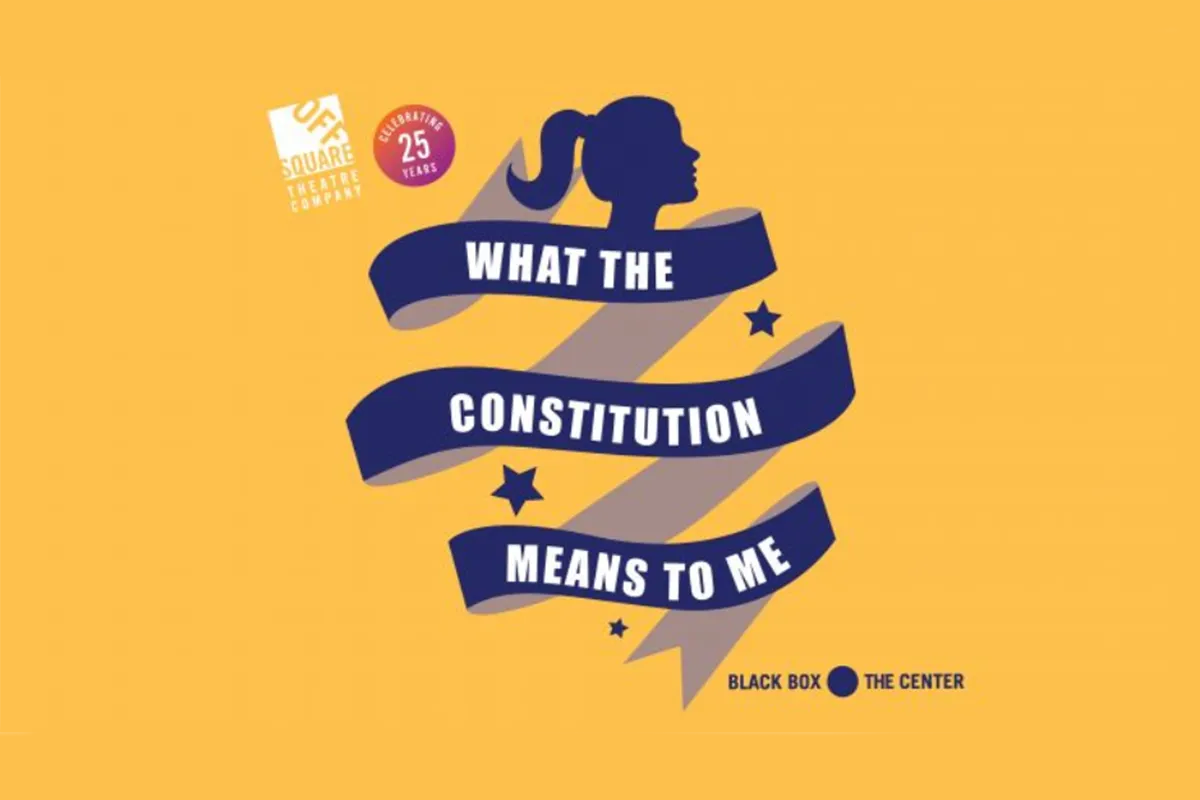Recent data show that Wyoming is, once again, 51st in the United States for women’s earnings when compared to their (white) male counterparts. The gender wage gap is defined as the difference between median earnings of men and women relative to median earnings of men.
nn
Sometimes–quite frequently in Wyoming, tbh–the gender wage gap is discounted, the stats discredited, and the impacts generally ignored. According to the Economic Policy Institute:
n
Different measures don’t mean the data are unreliable.
n
EPI explains, “The presence of alternative ways to measure the gap can create a misconception that data on the gender wage gap are unreliable. However, the data on the gender wage gap are remarkably clear and (unfortunately) consistent about the scale of the gap. In simple terms, no matter how you measure it, there is a gap. And, different gaps answer different questions.”
nn

In that same article, Billy Arnold writes, “When it comes to wages the median woman with a full-time job in Wyoming made roughly 69 cents for every dollar a man made based on 2020 estimates. In counties such as Campbell County, it’s far less: 61 cents for every dollar a man makes. In others, such as Teton County, it’s a bit more: $1.03 for every dollar a man makes.”
nn
When Billy interviewed Natalia D. Macker and Jen Simon of WWAN to gauge their thoughts on the wage gap overall and the parity in Teton County, here’s what they had to say:
n
But for Teton County women such as Natalia D. Macker, who has spent years advocating for equal pay for men and women, that doesn’t meant the fight is over.
nn
“If I only cared about people in Teton County, maybe,” said Macker, the Democratic chairwoman of the Teton County Board of County Commissioners who Republican Gov. Mark Gordon appointed to the Wyoming Council for Women. “But we’re not divorced from everywhere around us.”
nn
***
nn
Simon has spent years advocating that the wage gap be understood as a systemic issue, rather than one that comes down to individual choices.
nn
For her the question is: If Teton County’s doing so well, why?
nn
“If we have solutions, how do we identify them not just for us but for other communities?” Simon said. “It’s not a coincidence that our community, at least currently, doesn’t have a gender wage gap and has a thriving economy.”
nn
***
nn
Macker and Simon said that Teton County’s metrics also raise a number of questions for them: Whether education levels play a role in the area’s gap, whether childcare, for all its difficulties in Teton County, is better here than elsewhere in Wyoming, and whether, because of the cost of living here, the people who choose to stay in Teton County tend to have higher incomes altogether than those who commute in from a place such as Lincoln County or Teton County, Idaho.
nn
“Are we exporting our wage gap to surrounding communities?” Macker asked.
n
n
Taken together, here’s what all this means to us: We still have work to do here in Wyoming. We’re looking forward to the release of an updated gender wage gap report from the Wyoming Women’s Foundation. (Check out their 2016 gender wage gap report here. And the 2018 report from the Wyoming Department of Workforce Services that shows that closing the gender wage gap would result in an additional $152M in annual revenue and $5M in tax revenue. And the 2020 report Wyoming Women As Economic Drivers.)
nn
We’re hopeful that the General Session (which kicks off on January 10, 2023) has more conversation about the economic benefits of closing the gender wage gap.
nn
We’re optimistic that you’ll help start, shape, and sustain that conversation and 2023 will be a year of meaningful action to help women, families, and our Wyoming communities.
nn
Related articles
April 26, 2024
April 26, 2024
April 26, 2024





